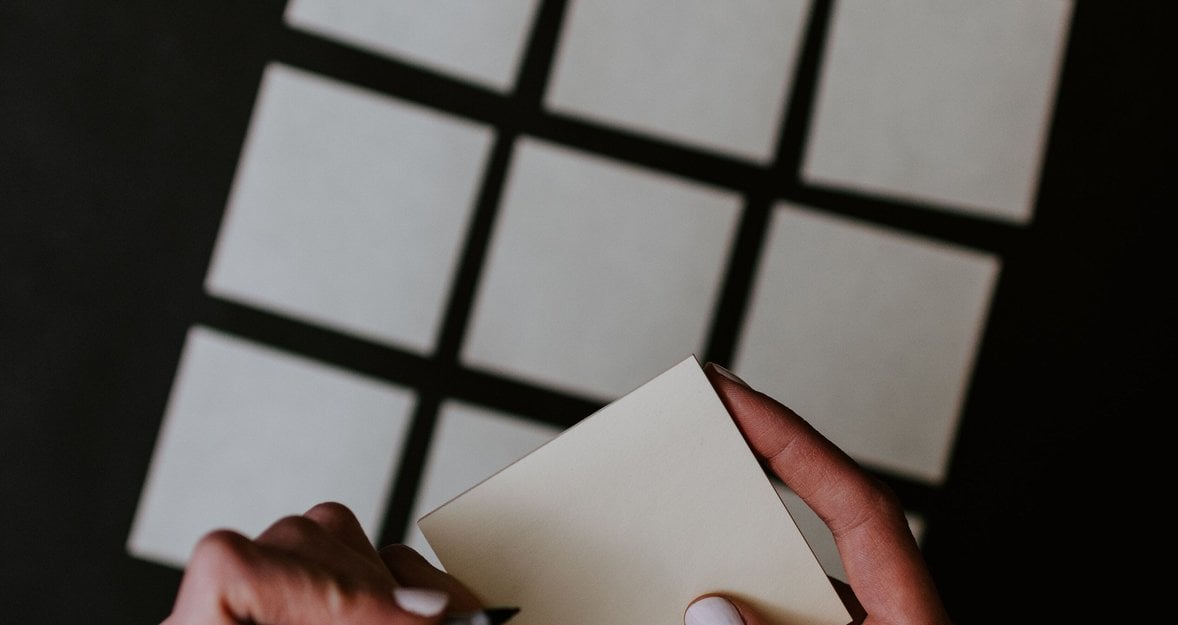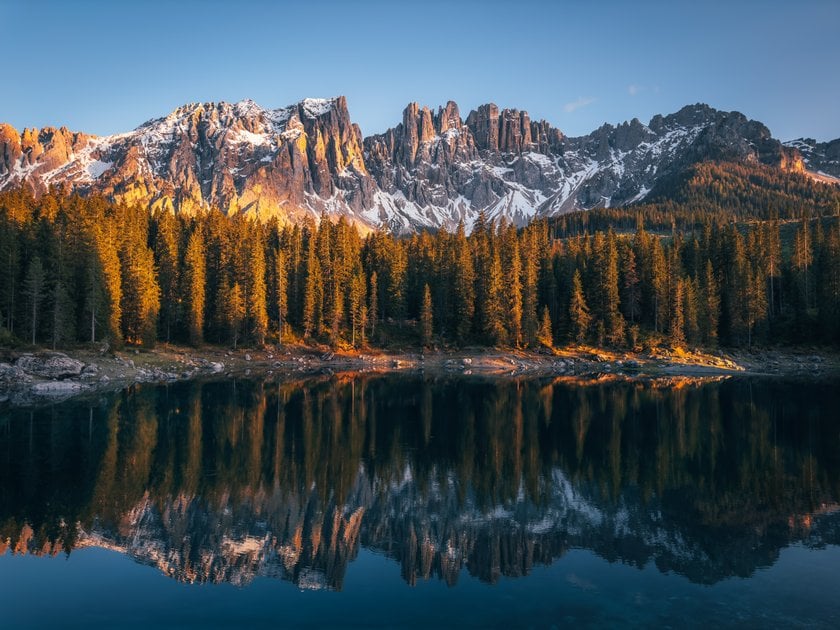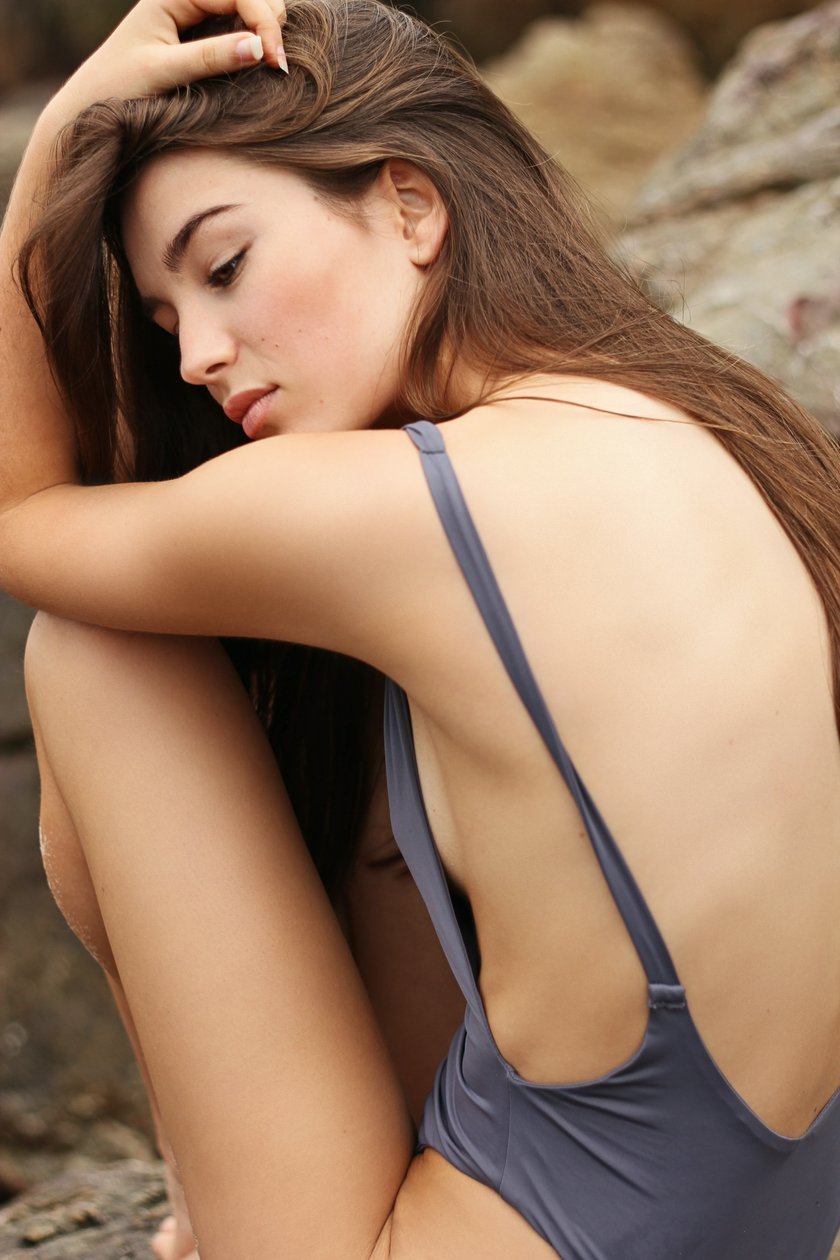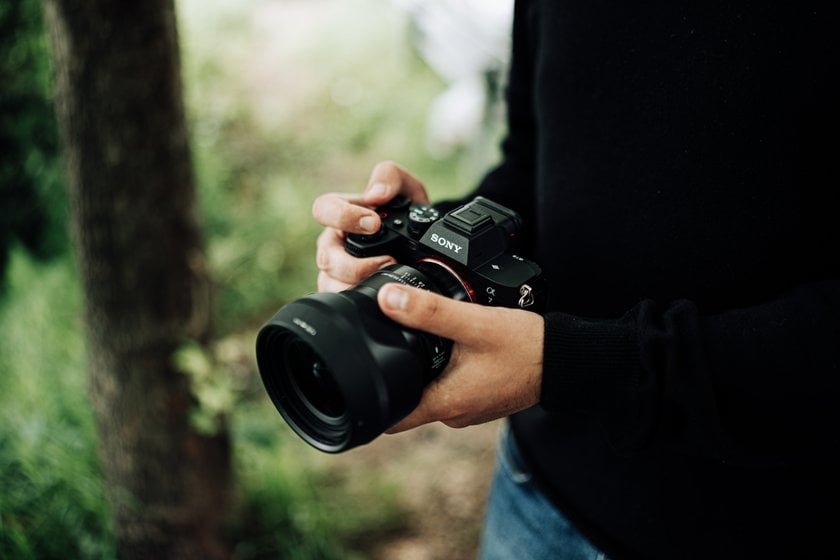What Is the Rule of Thirds in Photography
July 16, 2023

Today we will explore one of the most recognized concepts in photography composition. Considered a fundamental aspect, understanding and harnessing the potential of a simple rule can elevate your photographs from mundane snapshots to visually captivating masterpieces.
This may come as a revelation, but you can take great photos without expensive equipment. All you need to know is a secret that lies at the heart of almost every good shot. In this material, we will explain the rule of thirds, a widely accepted compositional principle in the photographic arts. We delve into its essence, examining its practicality and utility. We also discuss instances where breaking the rule can lead to creative and compelling shots.
This in-depth tutorial will provide insight into the effectiveness of the rule of thirds photography, offer techniques for achieving impressive results, and demonstrate its applicability to various genres. Furthermore, we provide valuable tips and tricks to enhance your compositions. Are you ready to capture compelling images that have a lasting impact? Let's begin the journey to understanding the rule of thirds and creating visually stunning pictures. We are here to provide you with everything you need to know about this topic!
By the way, thanks to the Luminar Neo photo editor, you can get really beautiful shots and experiment with different compositions. Give it a try!
Begin with the Basics: It’s Not Really a Rule
The term "rule" can be misleading, suggesting a strict and inflexible guideline. In reality, it is more of a principle or guideline that you can follow or deviate from based on your creative vision. While following this concept often results in aesthetically pleasing imagery, it is not a mandatory requirement. However, if you want to break the game, you have to learn it perfectly first.

So, what does the rule of thirds mean in photography? This is a basic concept that guides the placement of the main object and other items within the frame. It is a technique used to create visually balanced and pleasing pictures. The rule divides an image into equal parts by two equally spaced horizontal and vertical axes, creating a grid-like structure. The key idea is to place important elements along these lines or at their crossings, known as power points. This is the simplest rule of thirds definition that even beginners will quickly understand.
Who Created This Rule and Why Is It Useful?
It should be mentioned that the concept of dividing an image into several parts has been present in art and design for centuries. Surprisingly, mankind discovered this magic of composition a long time ago.
However, an early reference to one of the most important rules in photography today can be traced back to John Thomas Smith, an 18th-century English painter, and writer. In 1797, he discussed the idea of dividing a landscape into thirds to create pleasing pictures. Though Smith's work predates the invention of the camera, his ideas laid the groundwork for an amazingly diverse way of viewing an image.
The pictures with the rule of thirds gained further popularity and recognition with the rise of photography as an art form. It became a widely taught and practiced principle, guiding photographers in creating visually appealing and balanced shots. But what is the purpose of the rule of thirds and why is it useful? There are several reasons why this concept is considered effective:
- Balance and visual interest. Placing the object off-center creates a more dynamic and visually interesting photograph. It allows the viewer's eye to move naturally across the picture and explore different elements.
- Simplicity and clarity. Now you know how to describe the rule of thirds. And by avoiding central placement, the image becomes less cluttered, allowing the object to stand out and be easily understood by the viewer.
- Make room for negative space. Placing the object off-center often results in an area of empty space. Using the rule of thirds with this area allows you to create a sense of breathing room and focus on the subject.
- Guidelines and movement. The grid marks can also be used to create leading lines within the image that guides the person's eye toward the subject or other points of interest. They add a sense of dimension and action to your photo.

The rule of thirds, explained not as a strict guideline but as a basic principle, helps create visually balanced and aesthetically pleasing shots. Most modern cameras and smartphones offer the option to overlay the grid on the screen, making it easier for beginners to align their subjects accordingly. But even without this element, you can mentally visualize the intersections to build shots effectively. According to the rule, you avoid placing the main object in the center of the frame, which can create a static and less interesting picture.
Photography Rule of Thirds: When to Use It?
This is a guideline that is used in a variety of situations to enhance your photo. For instance, if you have a clear focal point or main subject in your photo, placing it along one of the intersecting lines or near the points of interest created by the grid creates a visually appealing picture. As we said in the previous paragraph, this off-center placement adds interest and avoids a static, centered look. And by the way, if you need to crop an image to change the composition, there's no need to download additional apps. You can use Skylum's online photo editor right in your browser.

This concept works well in a broad range of scenarios. Whenever you have distinguishable elements at your disposal, you can experiment and apply the rule of thirds. Professionals in a variety of genres rely on this principle as a proven technique. Whether you're capturing compelling portraits, sweeping landscapes, vibrant street scenes, or even products, incorporating this rule brings extraordinary results. Its versatility and adaptability add a sense of harmony and dynamism to any image, captivating the observer in a way that feels inherently satisfying.
If you're a beginner, we encourage you to use the rule of thirds whenever you encounter a new subject. Take a few shots and let the basic concept guide your composition. Once you get a feel for its effect, don't hesitate to experiment with other techniques.
When you review your photos later on your computer, you'll have a better understanding of which approach fits your style and the particular scene you've captured. Also, enjoy the process of exploration and discovery to hone your skills and develop your unique artistic perspective with Luminar Neo. Trust us, AI photo editing will give you great results!
How Does This Rule Work for Different Genres?
We tell you what is the rule of thirds in photography. Now let's talk about using it with some popular genres.
1. Landscape

This rule can be used to create balanced nature shots. Just place the horizon along one of the horizontal axes to emphasize either the sky or the foreground. Arrange prominent elements such as mountains, trees, or structures along the lines of the grid or points of interest to add depth and interest to the scene.
2. Portraiture

When photographing people, this concept helps create compelling scenes. Place the model's eyes along one of the horizontal lines to draw attention to the face. What is the rule of thirds used for in this case? This placement also provides space for the subject to look into, adding a sense of direction or intrigue. By the way, Luminar Neo lets you remove the portrait background with just a few clicks.
Advanced yet easy-to-use photo editor
Get Luminar Neo Now3. Street Shots

In this genre, the grid adds dynamism and balance to the frame. Consider positioning key elements such as people, street signs, or interesting objects along the points of interest. It helps create a visually compelling narrative and guides the viewer's eye through the image.
4. Wildlife and Pets
While wildlife can be unpredictable, incorporating thirds can still be beneficial. Try placing the animal's eyes or significant features along the grid lines to draw attention. This technique also creates a sense of movement or provides space for the animal to move into.

It can also be used to capture compelling images of pets. By positioning the pet's eyes or focal points along the points of interest, you create a compelling shot. This method always brings balance and visual interest to the photograph.
Some Tips for Improving Your Rule of Thirds Pictures
First, familiarize yourself with the grid and train your eye to see it without the overlay on your camera or smartphone screen. This will help you quickly identify and align your subjects with the lines and points of intersection. Also, when working with multiple subjects or elements, consider their placement concerning the grid. Distribute them throughout the frame to create balance and visual harmony. Always consider the weight and importance of each item to guide your placement decisions.

While the rule of thirds images tend to work better with off-center placement, there may be instances where symmetrical options. In such cases, make sure the symmetry aligns with the lines or intersections. And if your scene doesn't align perfectly with the rule, you can often make slight adjustments in Luminar Neo to achieve better placement. Cropping or adjusting the shot helps you fine-tune the arrangement of your subjects.
Conclusion
Remember that while this rule is a helpful guideline, it's not a strict option. Don't be afraid to break it and experiment with different techniques. Ultimately, it's about developing your artistic style and creating visually compelling photos that resonate with you and your audience.
Also, study the work of renowned photographers and artists and analyze their shots to understand how they use the grid lines to create powerful images. Get some inspiration and ideas for your own photography. Remember, growth comes from embracing new experiences and pushing the boundaries of your skills!
FAQ
Why Is the Rule of Thirds Important?
It helps create a natural flow and guides the viewer's eye through the photograph, making it more engaging and visually appealing. This rule is a versatile tool that can enhance the sense and beauty of a photograph in a variety of genres.
What Is the Purpose of the Rule of Thirds in Photography?
The importance of this principle lies in its ability to create a balanced picture. It helps determine the appropriate amount of backdrop and foreground, resulting in visually pleasing photographs. In addition, it allows for the effective use of empty space, especially in scenes where it is abundant.
What Can Break the Rule of Thirds?
A common alternative to this rule is to center your object or horizon in the frame, which can be effective for a variety of subjects. Placing a prominent horizontal line in the center of the picture creates a balanced proportion by evenly dividing the two halves of the frame.





